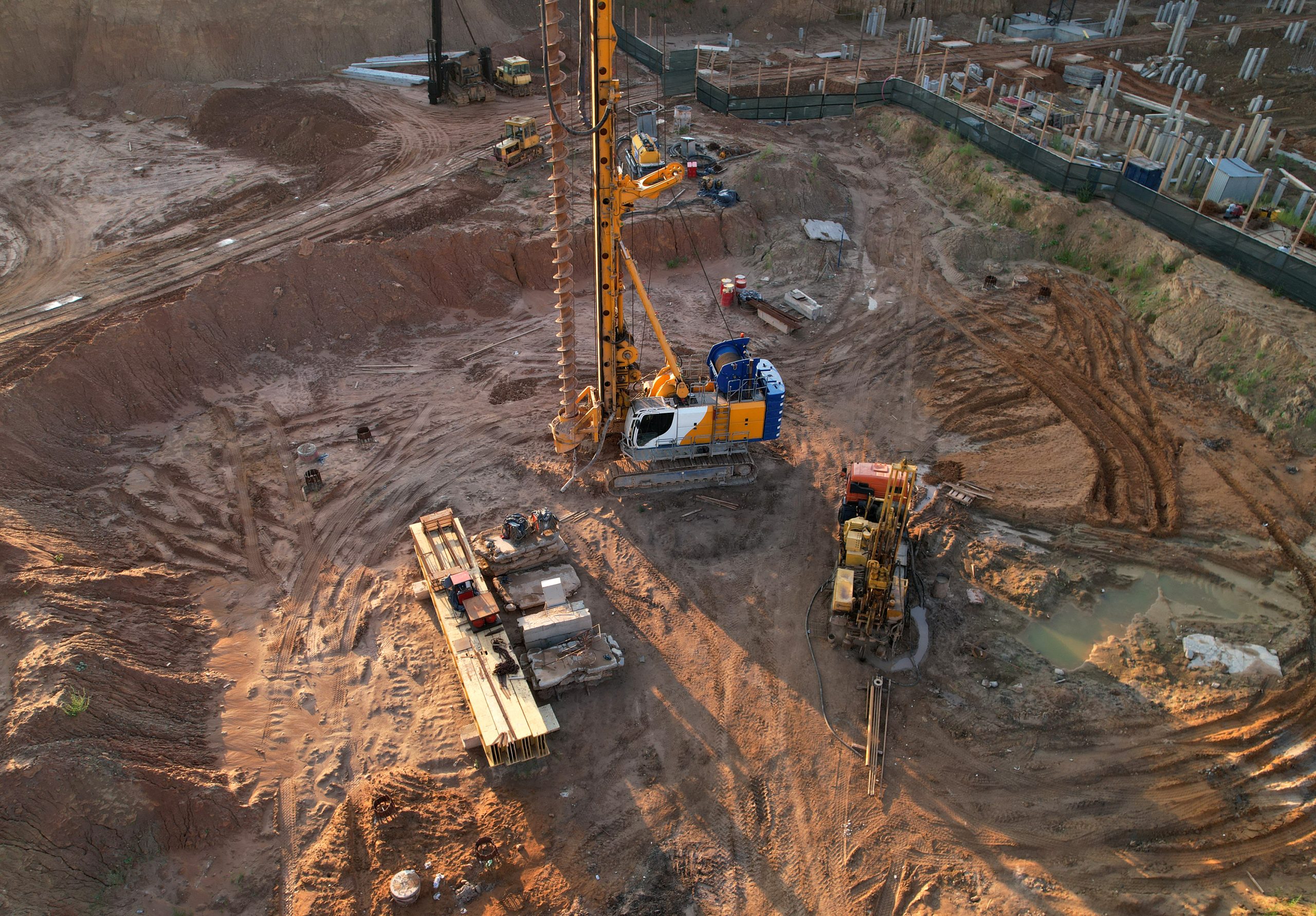The Essential Role of Geostructural Design in Averting Construction Errors
Geostructural design is a specialized discipline combining traditional structural engineering with geotechnical expertise. When applied effectively, the resulting design is efficient, long-lasting and sturdy.
Stopping Errors Before They Occur
The primary reason for geostructural design value is its ability to stop potential errors before they occur. Remediating issues once construction begins can be costly, especially if it involves the demolition or renovation of existing work. Moreover, delays can throw projects off schedule, causing additional financial loss or reputational damage.
By combining advanced calculations and finite modeling approaches, a knowledgeable geostructural engineer can help you avoid those issues.
Some common challenges geostructural engineering can solve include:
- Deformation
- Failure load issues
- Inadequate soil characteristics
- Underground construction challenges
- Water flow issues
Mitigating Construction Risks
Another benefit of preconstruction exploration and review is its ability to help reveal potential hazards before construction starts. Having an experienced geotechnical professional observe your site provides advanced knowledge of the risks you may face with soil, drainage and other factors.
For example, shifting soil can lead to possible erosion. In turn, erosion can create foundation issues that could compromise your structural integrity. With upfront knowledge of your project’s unique risk profile, a geostructural engineer can design ways to manage it more effectively.
Identifying Adequate Constructability
When you engage a geostructural engineer early in the process, they can lend their expertise to other considerations. For example, a geotechnical professional can help you choose the right construction site for your project. They can also assist in planning and site preparation.
Additionally, a geostructural engineering veteran can help improve the likelihood of a successful project. Their advanced knowledge of interactivity between structure and soil lets them make practical design recommendations that work with the limitations of your site.








